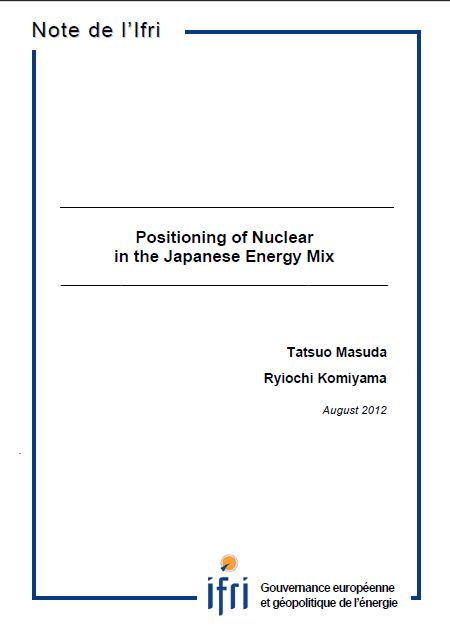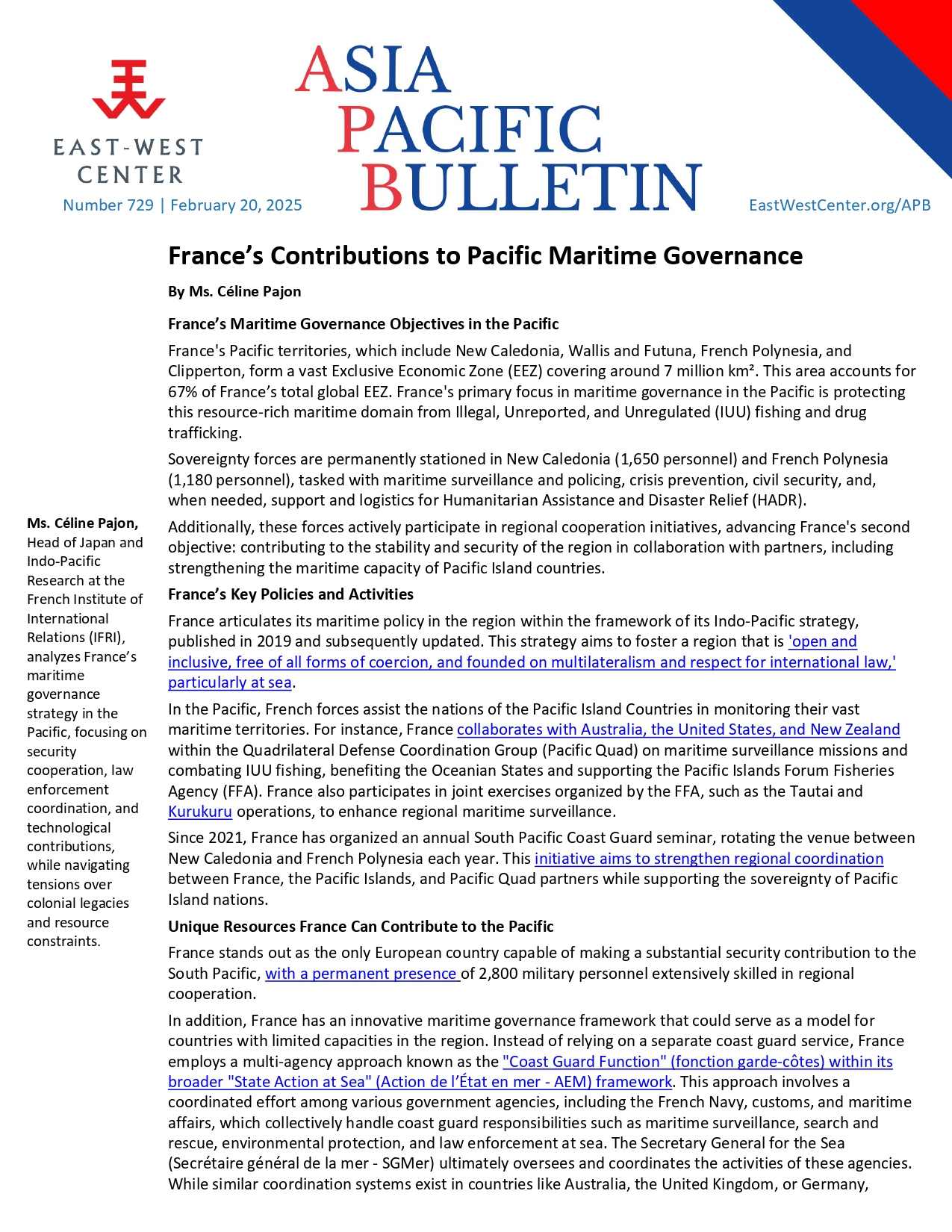Positioning of Nuclear in the Japanese Energy Mix

Nuclear fission was discovered in the late 1930s. The first application went towards military use, and gradually expanded to civil use such as power generation. Power generation gained importance in two stages: firstly, to shift away from oil in power generation after the oil shocks in the 1970s, and second, to arrest climate change due to CO2-free nature of nuclear power more recently. This typically applies to Japan, which has become the world third largest in nuclear power generation. However, nuclear power is violent by nature, and major accidents of nuclear power plants shook the public confidence in nuclear safety. Japan has been put into such situation in a most radical way due to the Fukushima nuclear disaster of March 2011.
This disaster may have its root causes in the history of nuclear development in Japan. Nuclear scientists failed to take the initiative in peaceful use of nuclear and lost the opportunity of making basic researches prior to the commercial introduction of nuclear power generation. Otherwise, safety issues could have been handled with greater care and “nuclear safety myth” could not have prevailed.
Today, the discussion is ongoing on how to position nuclear in the Japanese energy mix. Purely from economic viewpoint, due to the energy reality of Japan, it might be extremely difficult to sustain its economy without nuclear at least in short and medium term. However, the public opinions are divided with the vast majority in favor of zero-nuclear or decreased nuclear dependency.
In this context, employing an energy-economic model, an attempt was made to analyze Japan’s power generation mix in 2030 under possible nuclear scenarios and assessed the role of nuclear energy in its energy mix. A technical implication taken form this analysis is that, if intermittent renewables such as solar and wind may largely diffuse in power grid replacing nuclear power, output fluctuation from high penetration level of these energy sources will be comprehensively accommodated by quick load following treatment by natural gas combined cycle, coal-fired power and pumped-storage hydro. Accordingly it will be important to coordinate and optimize multiple measures dynamically, together with technological innovation, for the treatment of the intermittency of renewables.
A newly born “energy democracy” in the post-Fukushima era will have impact on the government’s decision on the future energy mix expected early in autumn. Whatever the decision might be, the Japanese energy structure has already started to change towards further energy saving and efficiency. This will ultimately lead to the development of “a new energy model”, which will benefit all over the world.

Available in:
Regions and themes
ISBN / ISSN
Share
Download the full analysis
This page contains only a summary of our work. If you would like to have access to all the information from our research on the subject, you can download the full version in PDF format.
Positioning of Nuclear in the Japanese Energy Mix
Related centers and programs
Discover our other research centers and programsFind out more
Discover all our analysesJammu and Kashmir in the Aftermath of August 2019
The abrogation of Article 370, which granted special status to the state of Jammu and Kashmir (J&K), has been on the agenda of the Bharatiya Janata Party (BJP) for many decades.

France’s Contributions to Pacific Maritime Governance
France stands out as the only European country capable of making a substantial security contribution to the South Pacific, with a permanent presence of 2,800 military personnel extensively skilled in regional cooperation.
Unlocking India’s Energy Transition: Addressing Grid Flexibility Challenges and Solutions
India is rapidly scaling up its renewable energy (RE) capacity, adding 15–20 GW annually, but the ambitious goal of 500 GW of non-fossil capacity by 2030 is at risk unless the pace accelerates.

The China-Russia Partnership and the Ukraine War: Aligned but not allied
China and Russia maintain a strategic partnership rooted in shared opposition to the U.S. and liberal democracies, but their relationship is shaped more by pragmatism than trust.








